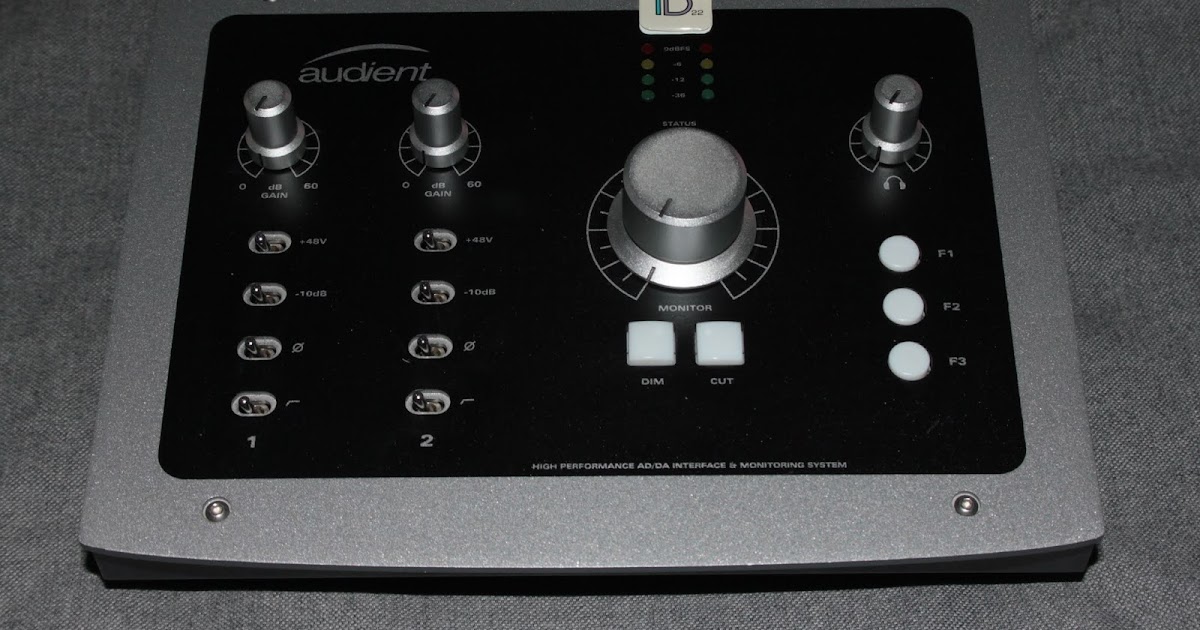I currently use an Audient iD22 with Senn HD560s.
Can do +17.2 dBu into 600 ohms and +11 dBu into 60 ohms. Estimated max output into HD560S is ca. +15 dBu (~4.5 Vrms), which at (HD560S spec) 110 dB SPL / 1 V translates to ~123 dB SPL peak. More than loud enough.
Output impedance apparently is approx. 50 ohms, which gets you to about a 1 dB deviation compare to an ideal 0-ohm output on a HD560S (measured 133/224 ohms min/max). That's not perfect but still decent.
Noise level should be +18 dBu - 114 dBu(A) - 2.77 dBu = -88.77 dBu(A) or -90.98 dBV(A), translating to (HD560S spec) 110 dB SPL / 1 V - 91 dBV(A) = +9 dB SPL(A) worth of noise... generally speaking, anything << +20 dB SPL worth of uncorrelated noise in headphones is inaudible.
Overall, I don't see any
major issues in this pairing. You could run the headphone output into a Topping L30 II or similar to alleviate the output impedance issue and drive anything from IEMs to planars.
Have you had to replace that one electrolytic cap yet that likes to fail on these (a 22µF in front of a DC/DC if memory serves, which I suspect is undersized), causing hiss and low output? The entire design appears to be a bit...
thermally challenged, and the seemingly cheap caps are not helping matters.
Despite having hoped to nab an Audient interface for some time now, only quite recently did i manage to get my hands on one. Since i'm a cyn...

khronscave.blogspot.com
And now, getting back to the issue affecting this unit... As pointed out in the ad, the LT3439 apparently used to have a piddly little h...

khronscave.blogspot.com
Mind you, I suspect the competing Focusrite Forte (similar converter complement and all but with a PGA input stage) had some similar issues... mine starts to go into a boot loop after being operated on USB for a while but works indefinitely when using the external +12V wall wart. Likely why that model was abandoned driver-wise very quickly (the later Clarett series had similar internals in a more conventional design). If you're stuffing a bunch of fairly high-strung converters and analog electronics into a compact case without adequate ventilation, things invariably get kind of toasty.
I would have few reservations about using an iD22 that works properly, its converters still are above average even by modern standards (there's not a lot of ADCs that can beat a PCM4220, and PCM1798s aren't something to sneeze at either), but it seems to be the kind of device that would appreciate a thorough renovation and the occasional mod to make the most of its converters. For a modern replacement in the same league, you'd have to go with an iD24, although the iD14 MkII is good, too.
I have a Type-C motherboard connection if needed.
The problem is that often it's literally "a" (singular) type-C port, and quite possibly the fastest USB port you've got on the entire machine, too. It goes without saying that dedicating your possibly 20 Gbit/s (USB 3.2x2) port to an audio interface that is far from even requiring 480 Mbit/s worth of USB 2.0 bandwidth is an utter waste. A hub of sorts may prove useful.



